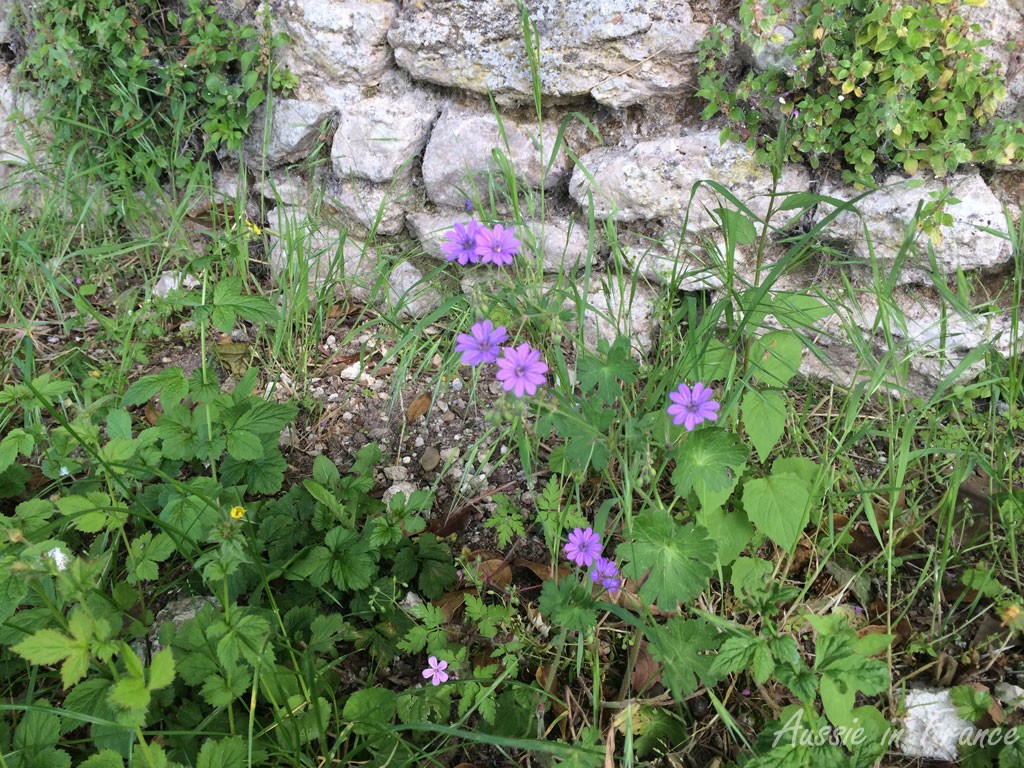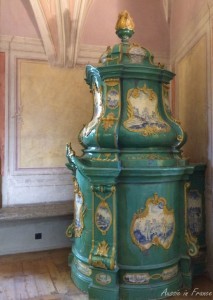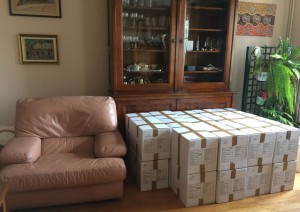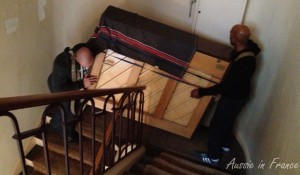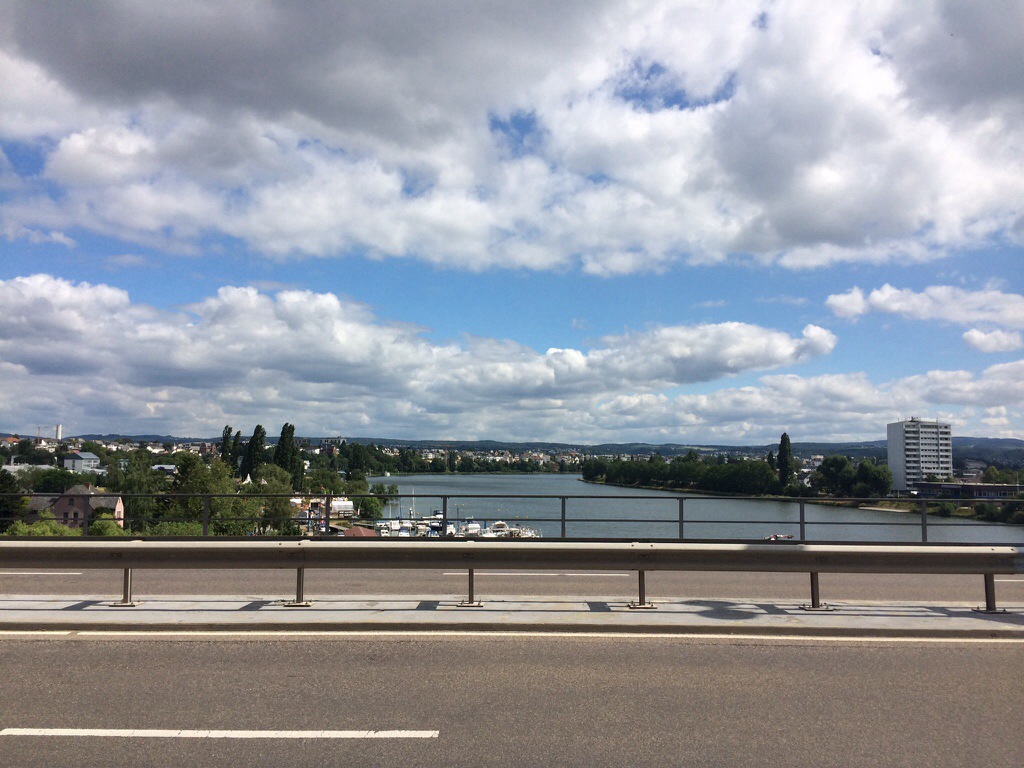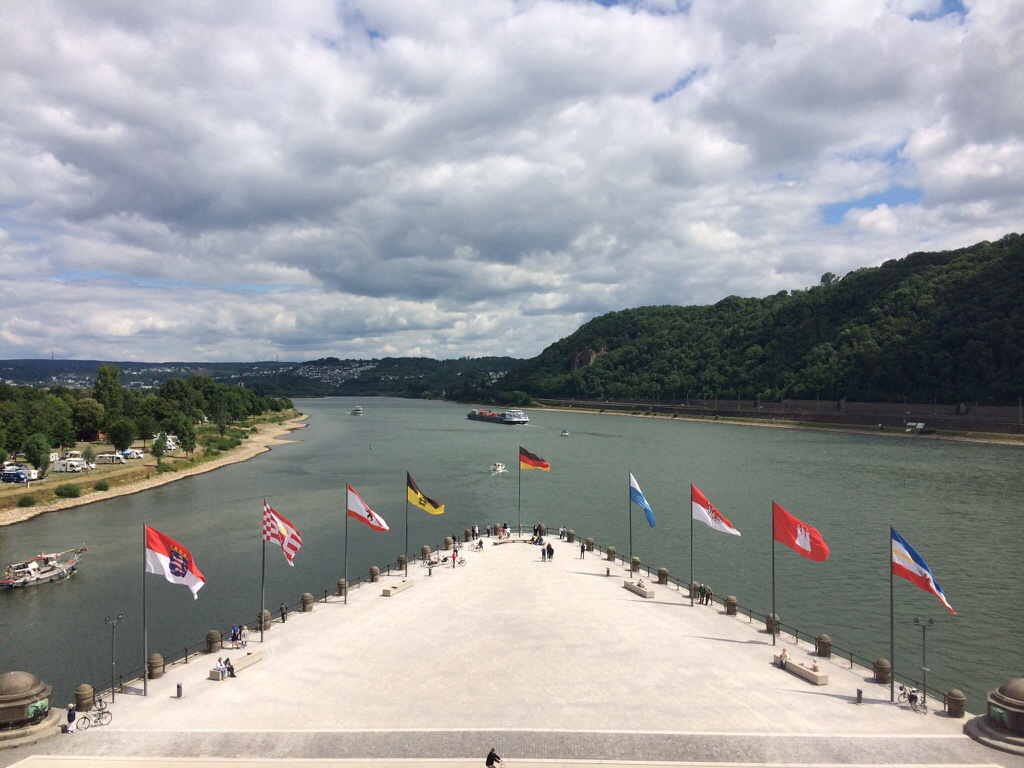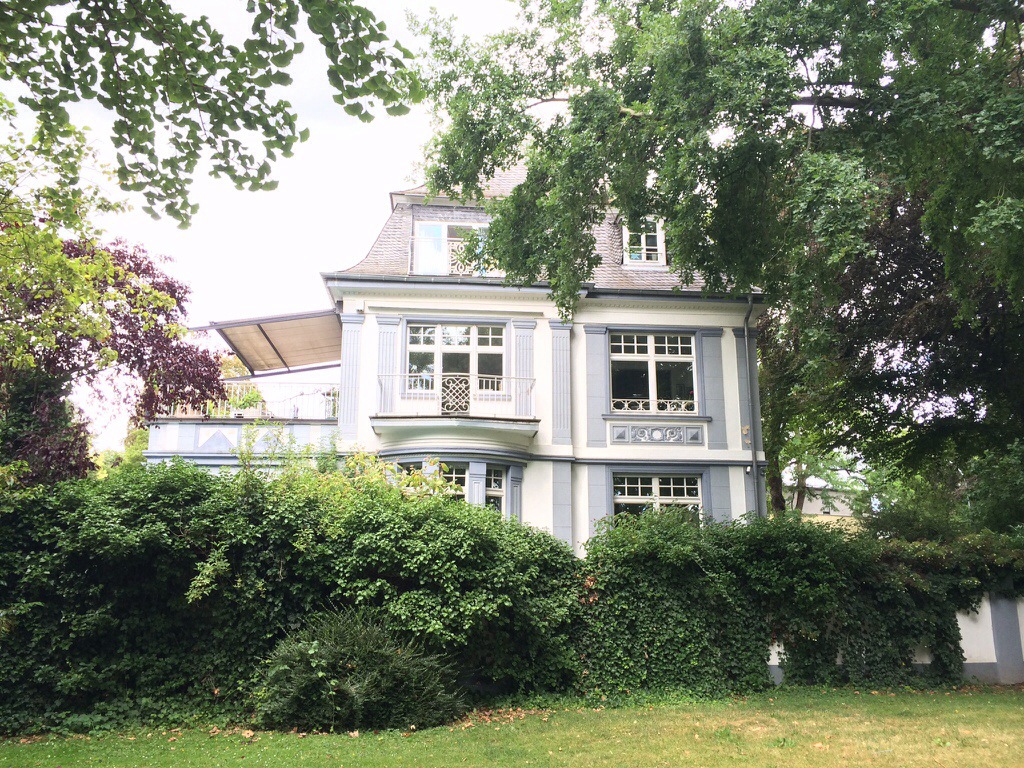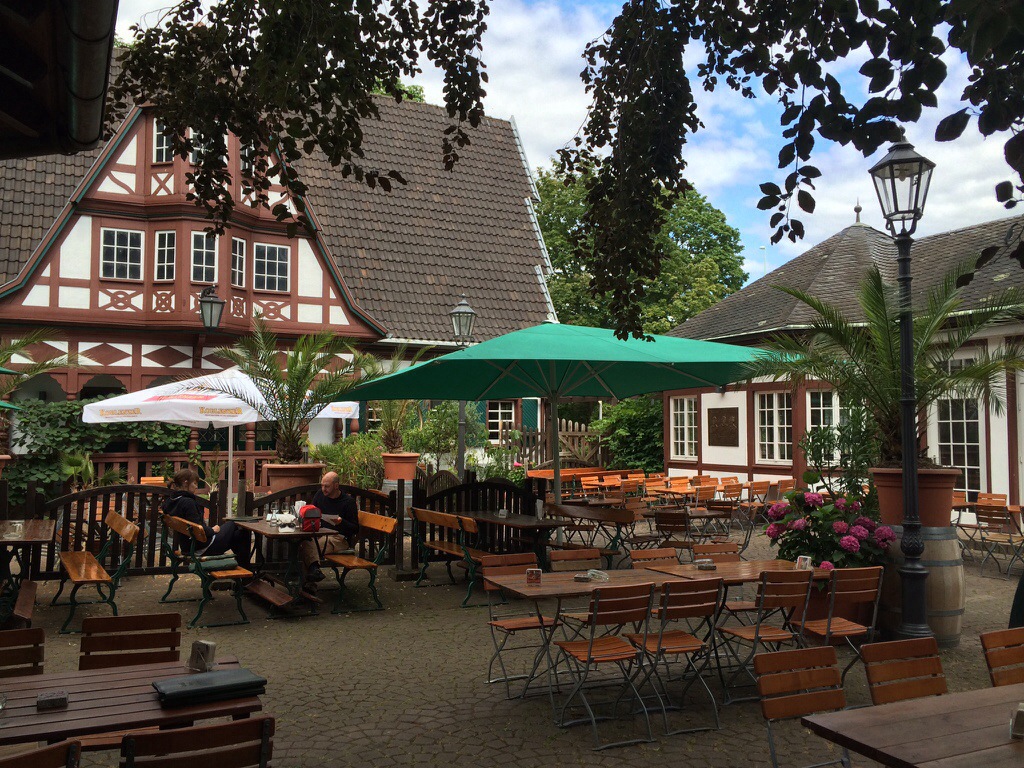On Saturday morning, the weather forecast for Sunday promised bright sun, blue skies and 19°C (even better than Saturday) so we intended to cycle from our Radlerpension in Hagsdorf to Melk for lunch then drive up to the Maria Taferl basilica to save our knees – it’s at the end of 4 km of winding road.

However, by Saturday evening, the forecast has changed – a maximum of 15°C with fog all day. I guess yesterday was our last day of cycling for the year. We go to the local village for bread and other supplies but soon discover that even in the bigger towns around us, Sunday is a day of rest. We manage to buy some bread though at a place that has a breakfast café attached to it. Each time we go past a church, we see families in their traditional Sunday best which we remember from the last time we were here.

After spending some time looking for a hotel in our next location, Bamberg, we drive towards Melk for lunch but stop on the way at a likely-looking hotel/restaurant called Pichler’s in Emmersdorf. Inside, the waitresses and some of the patrons are also in traditional dress – certainly a far cry from the ultra-tight highly revealing apparel we have seen in other parts of Europe recently.

By the time we finish lunch, the sky has cleared to a pale blue and the temperature is 14°C, certainly not cycling weather but we should get a good view from Maria Taferl, which is the second most important place of pilgrimage in Austria. We’re a little bit worried about the crowds, but it’s not very busy and we are able to park very close to the basilica just opposite a Konditorei.

The current baroque church was built from 1660 to 1710 on the site of a shrine to the Virgin Mary celebrating several miraculous recoveries. Its construction also gave the local inhabitants renewed courage after the bubonic plague.

We go onto the panoramic terrace first. The view of the Danube and surrounding countryside is quite superb despite the lack of blue sky.

The Inside of the church is standard gilt baroque and beautifully painted pastel ceilings.

We notice a side door and wander into an exhibition of holy pictures that covers the walls of three flights of stairs. I’m surprised there aren’t more people.

After visiting the basilica, we have coffee and some sort of cream cake in the Konditorei. Like the restaurant at lunchtime, there is a lot of beautiful polished wood everywhere. It also has an unsual porcelain coffee grinder.

On the way back, Jean Michel chooses a different route and we find ourselves opposite a stunning view of the basilica which looks very romantic through the slight haze.
The rest of the day is given over to R&R and finding an apartment in Bamberg in Germany, whose historical centre is on the Unesco World Heritage list. It is one of the few places we haven’t visited in Bavaria. It will be a good place to finish off our holiday.










